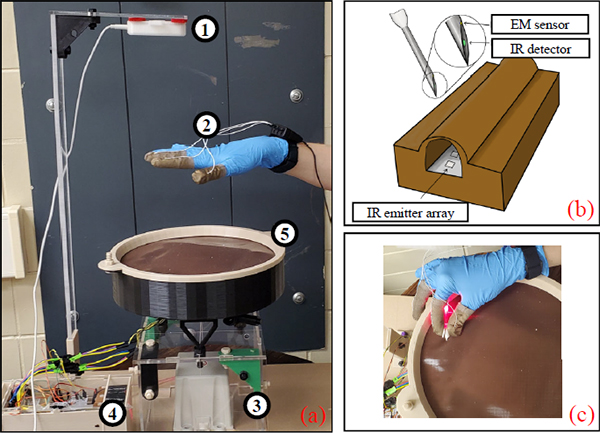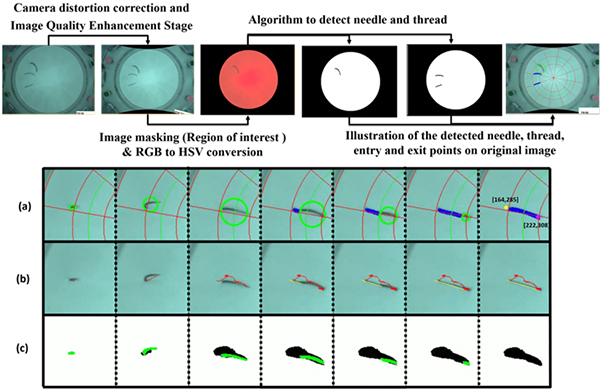Research
The skill of a clinician is critical to successful patient outcomes. It is imperative, therefore, that our clinical workforce be effectively and efficiently trained. In view of this goal, there is an ongoing movement by leading medical education stakeholders to
use advanced tools to create standardized, objective and structured training. This tangible need, combined with burgeoning medical technologies like surgical robots and smart operating rooms, has generated the field of medical simulation. Another factor that propels the need for simulation-based training is the growing problem of medical errors, now the third leading cause of death in the US alone.
Simulation-based methods are currently being explored in a plethora of medical disciplines as a means of enabling a skilled workforce.
Simulator Validation for Training Hemodialysis Cannulation Skills
Rationale: Most patients in the US with End Stage Renal Disease require dialysis multiple times a week for survival. One of the primary contributors to the inordinately high rate of complications among dialysis patients is unskilled cannulation at dialysis clinics.
Training nurses and dialysis clinic technicians in locating and accurately cannulating patients holds the promise of greatly improving patient outcomes.
Project goals:
• Develop the simulator by
integrating hardware and software components for palpation and needle insertion during cannulation. This aim will involve instrumenting the simulator along with extensive technical testing.
• Experimental study on the simulators’ ability to
discriminate expert skill level from that of novices. By employing a suitable experimental design, sensor data from subjects will be analyzed to examine our original hypothesis via various metrics.
• Pilot study on the
feasibility of the simulator as a training tool. This goal will focus on development of a virtual mentoring system by implementing a high-fidelity virtual environment with realistic graphics; interfacing novel force and motion sensors with the virtual environment; computer algorithms that facilitate effective skills training by adapting to user skill levels; and a centralized web-interface for peer-enhanced learning.
Sensor-fusion for assessment of Surgical Suturing Skills
Rationale: Suturing is one of the most fundamental surgical skills. To facilitate the
characterization and analysis of metrics surgical suturing , a novel platform was developed that captures
synchronized video, motion and force data during suturing at various depths. This device permits the use of standard surgical tools during suturing and quantifies performance using sensor metrics. Several preliminary studies with residents and attending surgeons using the platform have demonstrated promising results for the viability of the system for skills assessment.
Project goals:
• Validate image-enabled metrics for
accurately distinguishing between expert and novice skill. For this, we will refine and test the viability of our suite of image-based metrics for quantify various needle and suture features. After this, force and motion data will be integrated via image-enabled labeling. Finally, we will experimentally validate our suite of metrics with a large group of attendings, residents and medical students at local and national skills training meetings.
• Validate that the suite of image-enabled metrics can
accelerate training of suturing skill. Towards this goal, a real-time training interface will be developed to examine if process metrics (a combination of vision, force and motion metrics) can better enable suture skills training. This step will also involve data collection and analysis from a large group of experts, residents and medical students at local and national skills training meetings.

